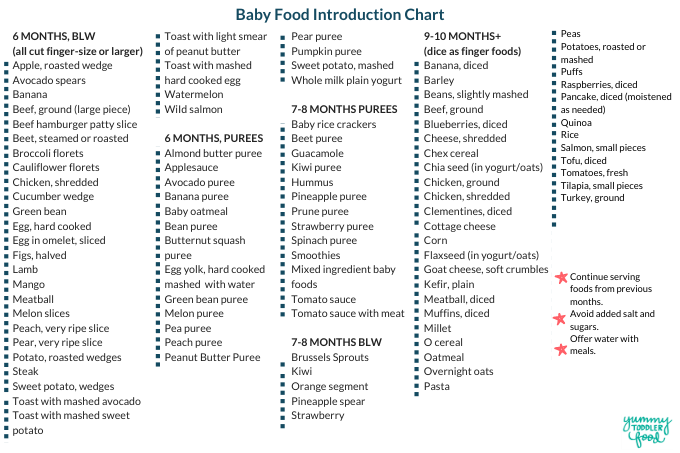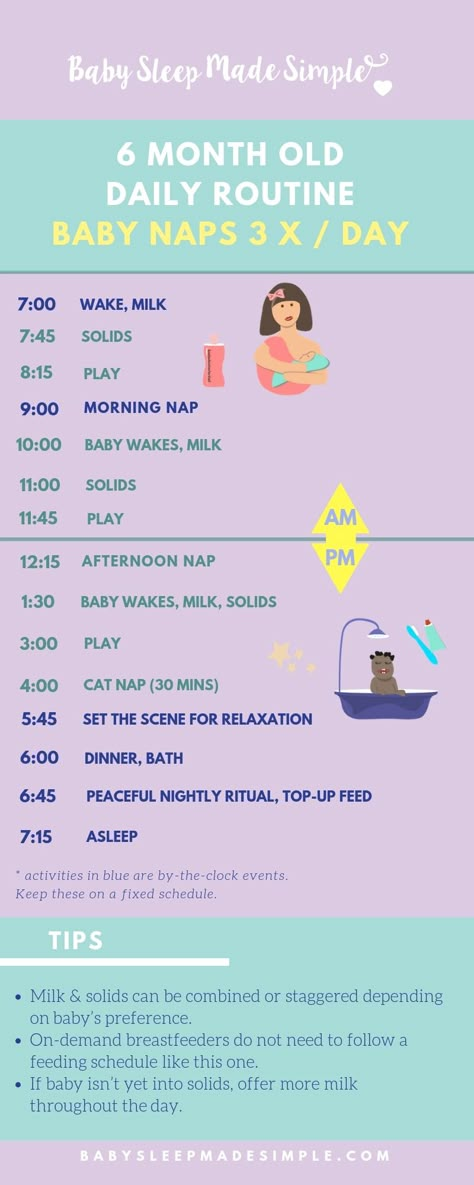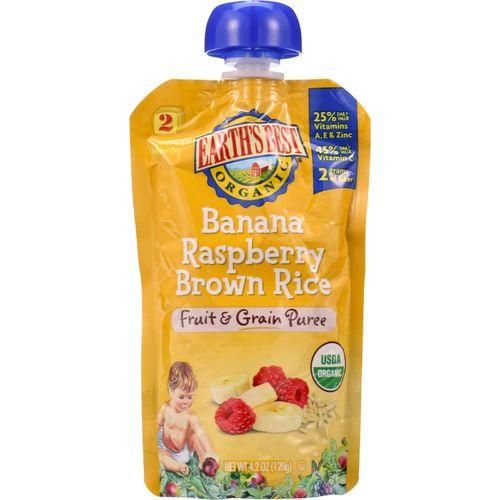List of baby foods to introduce
When to Start Baby Food
Starting solids is an exciting and important milestone in baby’s development—one that not only opens them up to a brand-new world of flavors and textures, but also puts them on the right path to growing healthy and strong. Here’s what you need to know about how and when to start baby food for a smooth transition.
In this article:
When to start baby food
How to start baby on solids
Best first foods for baby
Introducing allergenic foods
When to Start Baby Food
Knowing when to start baby food is both crucial and tricky. Starting baby on solids too early means you might increase the risk of choking, obesity and bellyaches, but introducing solids too late means you might slow baby’s growth and encourage an aversion to solid foods, among other conditions. Fortunately, doctors have zeroed in on a sweet spot for starting baby food, which is sometime between 4 and 6 months of age—though, ideally, baby should be receiving their nutrition exclusively from breast milk until the six-month mark, according to the American Academy of Pediatrics (AAP). How to tell if it’s time for starting solids for your little one? Baby will give you clues, including:
• Baby can sit in a high chair comfortably on their own. This is a major sign in terms of when to start baby food, says Lauren Kupersmith, MD, a pediatrician at Hassenfeld Children’s Hospital at NYU Langone in New York City. It means baby can hold their head up and doesn’t need to be propped up to stay in the upright position, which is important to avoid choking.
• Baby looks interested at mealtime. Babies likes to mimic what we do, so if your child likes to sit up like a big kid and watch you eat, then by all means let them try eating too.
• Baby can move food to the back of their throat to swallow. But if baby tends to push the food out of their mouth—not because they don’t like it, but because they can’t seem to get the food to where it needs to go—hold off on starting solids.
How to Start Baby on Solids
At 4 to 6 months, most of baby’s nutrition will still come from breast milk or formula, so don’t worry if baby doesn’t like eating food right away.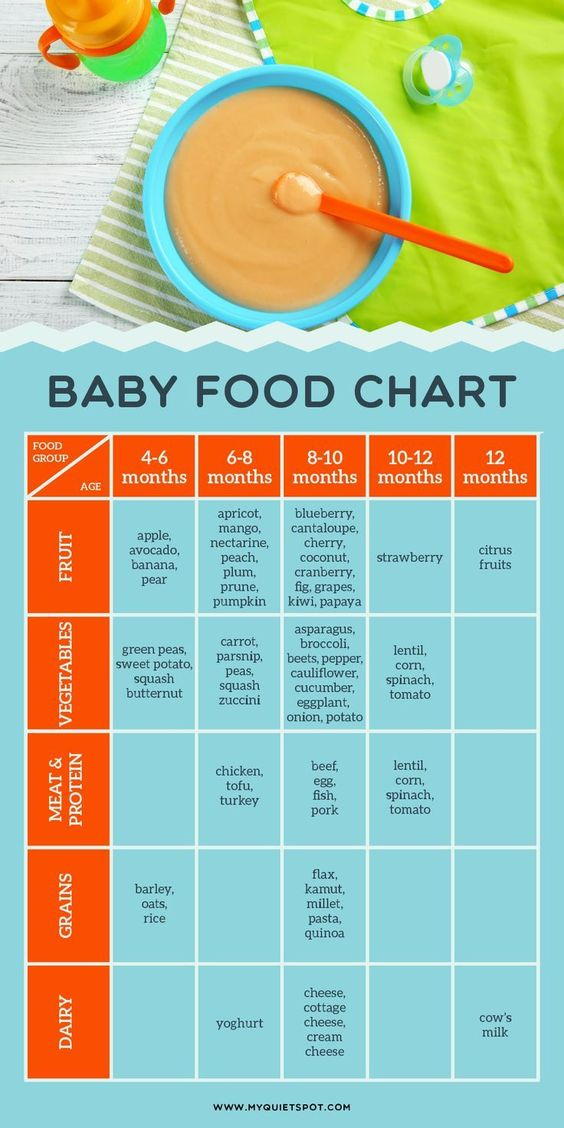 Introducing solids is a gradual process, and every baby learns in their own time. Here are some general guidelines for how to start baby on solids:
Introducing solids is a gradual process, and every baby learns in their own time. Here are some general guidelines for how to start baby on solids:
• Feed baby with a spoon. Letting your child go at it with their hands may seem tempting (and super-cute), but it’s best that they learn the right way from the get-go. (And even then, be prepared to clean up more than a few messes!) Also, never put cereal (or any other food) in baby’s bottle—it’s a choking hazard.
• Start slowly. When introducing solids, a half spoonful will do at first—you may even want to talk baby through it (“Yummy!”). To make it easier for baby to get accustomed to the idea of swallowing solids, start mealtime with a little breast milk or formula, then offer some food (again, no more than a half teaspoon at a time) and finish off with more breast milk or formula. If baby cries or turns away when you present the spoon, try again some other time. Start off with introducing solids at one meal a day, then slowly work your way up.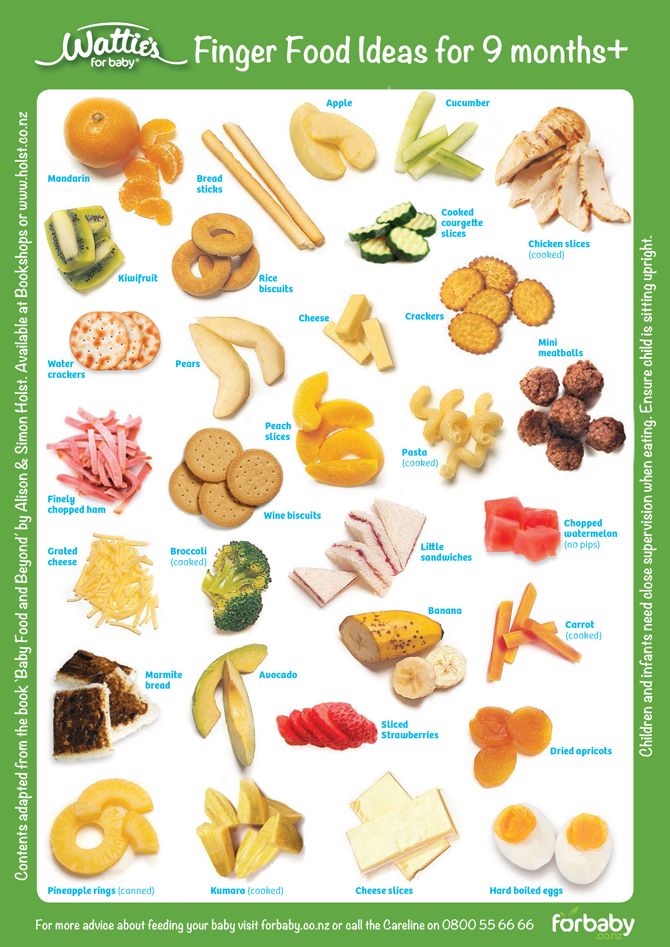 The morning is a good place to start, since baby is often hungriest at that time. When starting solids, baby typically won’t eat more than an ounce or two in one sitting.
The morning is a good place to start, since baby is often hungriest at that time. When starting solids, baby typically won’t eat more than an ounce or two in one sitting.
• Try new foods more than once. Since babies’ tastes will evolve, you may need to try a food 20 times before a baby actually likes it, says Kupersmith.
• Stick with the same food for three days before trying another one. This makes it easy to track whether baby is allergic to a particular food.
• Try foods in different forms. If baby doesn’t like pureed food, try it mashed. After all, baby is learning about new textures as well as new tastes. It may be a case of trial and error until you find a winner.
Best First Foods for Baby
Got baby safely strapped into the high chair and bib? You’re ready to finally start feeding baby solids! There aren’t any official food rules for babies starting solids, and there’s no scientific evidence suggesting you should introduce one type of food before another, assuming the foods aren’t choking hazards. Nevertheless, baby cereal (such as oatmeal, rice and barley) is an “easy training food,” says Kupersmith, which is why it’s often recommended as baby’s first food; you can always mix it with more milk to build up to a thicker consistency. Many doctors also recommend starting vegetables before fruits, but there’s no evidence that this would make babies like vegetables more when they grow up—babies innately love sweets, and the order of introducing solids to baby doesn’t change that.
Nevertheless, baby cereal (such as oatmeal, rice and barley) is an “easy training food,” says Kupersmith, which is why it’s often recommended as baby’s first food; you can always mix it with more milk to build up to a thicker consistency. Many doctors also recommend starting vegetables before fruits, but there’s no evidence that this would make babies like vegetables more when they grow up—babies innately love sweets, and the order of introducing solids to baby doesn’t change that.
So why not simply start introducing solids with something you think baby will like? Here are a few common first foods for baby that are healthy and easy to eat (and, in the case sweet potato and banana, also easy to digest). Whatever you decide to feed baby, mash it with a fork or puree before serving whenever introducing solids.
- Baby cereal, such as oatmeal, rice, barley
- Sweet potato
- Banana
- Avocado
- Apples
- Pears
- Green beans
- Butternut squash
If your child has been breastfeeding, check with your pediatrician about getting a jump on pureed chicken or beef when you’re starting solids.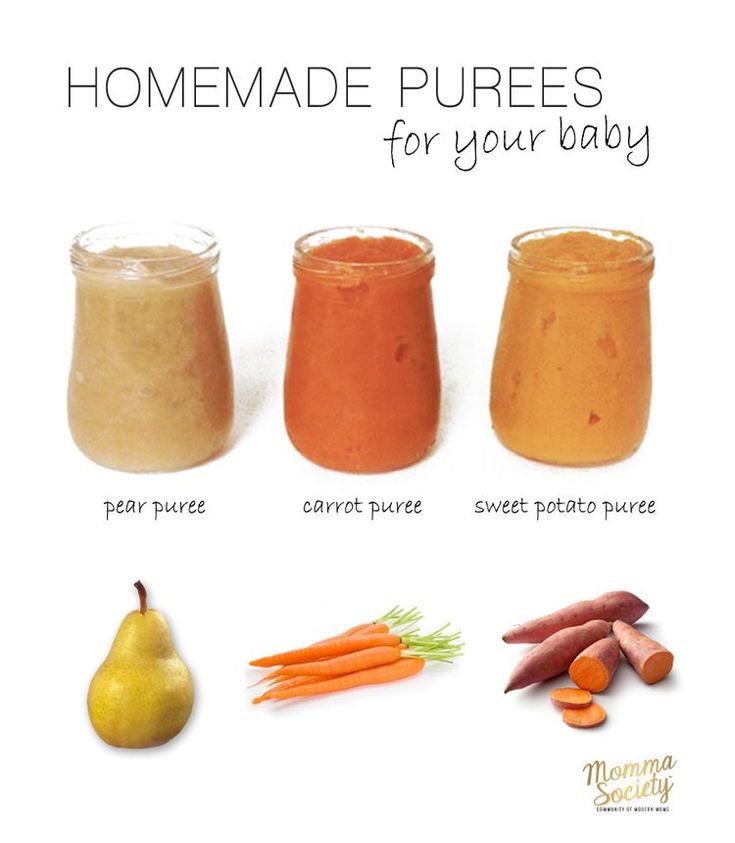 These foods contain easily absorbable forms of iron and zinc, which baby needs by 4 to 6 months, according to the AAP.
These foods contain easily absorbable forms of iron and zinc, which baby needs by 4 to 6 months, according to the AAP.
At around 9 months, baby should have already worked their way up to a variety of foods, including cereal, vegetables, fruits, meats, eggs and fish (see below regarding the last two). (Keep in mind, though, that baby will still get the majority of their nutrients from breast milk or formula until age one.) By now, baby will probably settle on three meals a day along with two snacks. Let them consume about 4 ounces of solids at each meal (equivalent to a small jar of strained baby food) and about half that amount for each snack.
Save honey and cow’s milk for after baby’s first birthday—there’s a risk for infant botulism with honey (a type of bacterial poisoning), and baby’s tummy isn’t prepared to digest large amounts of cow’s milk until they’re about one year old. Avoid adult processed foods and foods that are choking hazards (such as sticky foods, like large gobs of peanut butter; hard foods that are difficult to gum, like raw vegetables, nuts, seeds and popcorn; and round, slippery foods that haven’t been cut up, like grapes and cherry tomatoes).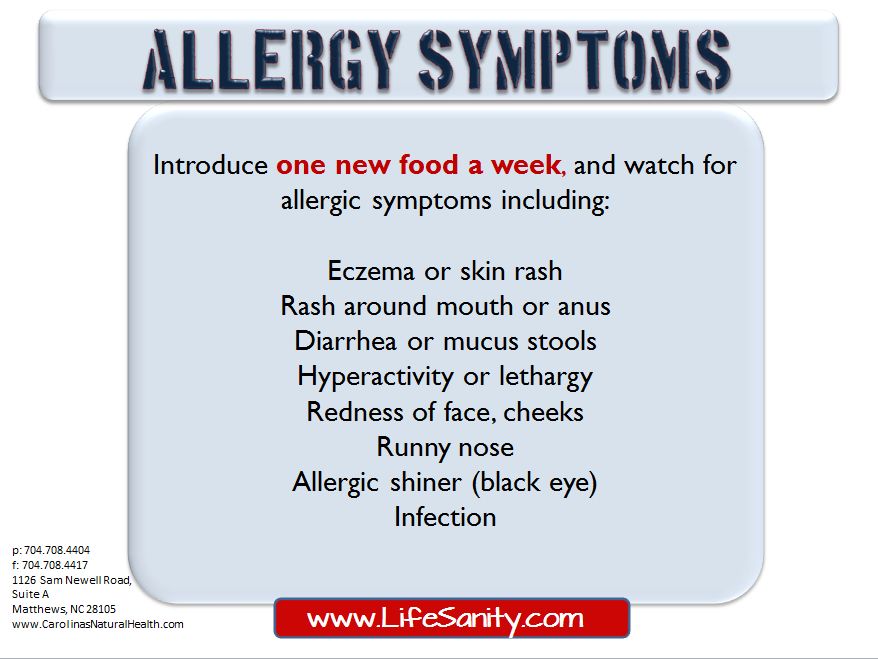 Instead, the first foods for baby, and those in the months that follow, should be soft and served mashed, pureed or (once baby seems ready to move up from the really mushy stuff) cut up into really little bits. “There’s pretty much free reign at that point,” Kupersmith says.
Instead, the first foods for baby, and those in the months that follow, should be soft and served mashed, pureed or (once baby seems ready to move up from the really mushy stuff) cut up into really little bits. “There’s pretty much free reign at that point,” Kupersmith says.
Introducing Solids Chart
Hesitant about improvising your first foods for baby? That’s okay too. If you prefer an “introducing solids chart” to help you plan out baby’s path, the guide below can come in handy.
Image: The Bump
Introducing Allergenic Foods
Much of the confusion around when to start baby food stems from questions concerning allergenic foods. These are foods that babies are most often allergic to. The major culprits include dairy, eggs, fish, peanuts and tree nuts. In the past, parents were advised to hold off on exposing baby to these foods, but now doctors recommend introducing them early, often and in age-appropriate format, which means starting off with purees and soft textures.
“Dairy is an easy starting point, given options such as yogurt and cheese,” says David Stukus, MD, director of the Food Allergy Treatment Center at Nationwide Children’s Hospital and a spokesperson for the American College of Allergy, Asthma, & Immunology. You can also try scrambled eggs in small amounts, although baby may not be too pleased with the texture at first.
As far as peanut products go, the National Institutes of Health issued new guidelines in 2017 that encourage parents of children at high risk for peanut allergies to incorporate them into baby’s diet at 4 to 6 months of age. Giving these babies peanut products before the age of one actually decreases their risk of developing a peanut allergy before age 5 by 81 percent, compared to kids who are introduced to peanuts later in life. Parents of kids without the food allergy risk can start peanut products whenever they’d like, as long as the nuts are in an age-appropriate form: Peanut butter can be thinned out with water or mixed into a fruit or vegetable puree, and peanut powder can also be mixed into cereal and fruits. Don’t give whole peanuts or pieces of peanuts, since they’re a choking risk.
Don’t give whole peanuts or pieces of peanuts, since they’re a choking risk.
Allergic reactions to food are never just a fluke; they will happen with every exposure. Symptoms can range from mild (such as a rash or vomiting) to severe (such as trouble breathing). If baby has a food allergy, you’ll notice a reaction within minutes or up to two hours after eating the problematic food, Stukus says. If the symptoms are severe, call 911 right away. Otherwise, talk to your pediatrician; she can help confirm whether it’s an allergy or some other type of condition (such as a viral illness).
Expert bios:*
Lauren Kupersmith, MD, IBCLC, is a pediatrician and clinical instructor at Hassenfeld Children’s Hospital at NYU Langone in New York City, as well as a certified lactation consultant. She earned her medical degree from New York Medical College in 2005.
David Stukus, MD, is the director of the Food Allergy Treatment Center at Nationwide Children’s Hospital, an associate professor of pediatrics in the division of allergy and immunology and a spokesperson for the American College of Allergy, Asthma, & Immunology. He earned his medical degree from University of Pittsburgh School of Medicine in 2002.
He earned his medical degree from University of Pittsburgh School of Medicine in 2002.
Updated January 2020
Please note: The Bump and the materials and information it contains are not intended to, and do not constitute, medical or other health advice or diagnosis and should not be used as such. You should always consult with a qualified physician or health professional about your specific circumstances.
When, What, and How to Introduce Solid Foods | Nutrition
For more information about how to know if your baby is ready to starting eating foods, what first foods to offer, and what to expect, watch these videos from 1,000 Days.
The Dietary Guidelines for Americans and the American Academy of Pediatrics recommend children be introduced to foods other than breast milk or infant formula when they are about 6 months old. Introducing foods before 4 months old is not recommended. Every child is different. How do you know if your child is ready for foods other than breast milk or infant formula? You can look for these signs that your child is developmentally ready.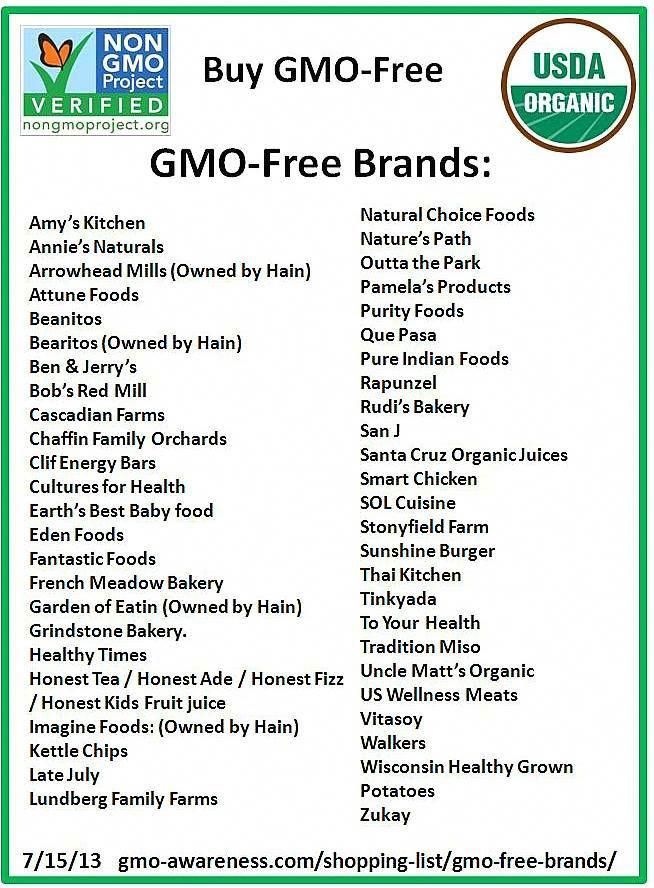
Your child:
- Sits up alone or with support.
- Is able to control head and neck.
- Opens the mouth when food is offered.
- Swallows food rather than pushes it back out onto the chin.
- Brings objects to the mouth.
- Tries to grasp small objects, such as toys or food.
- Transfers food from the front to the back of the tongue to swallow.
What Foods Should I Introduce to My Child First?
The American Academy of Pediatrics says that for most children, you do not need to give foods in a certain order. Your child can begin eating solid foods at about 6 months old. By the time he or she is 7 or 8 months old, your child can eat a variety of foods from different food groups. These foods include infant cereals, meat or other proteins, fruits, vegetables, grains, yogurts and cheeses, and more.
If your child is eating infant cereals, it is important to offer a variety of fortifiedalert icon infant cereals such as oat, barley, and multi-grain instead of only rice cereal.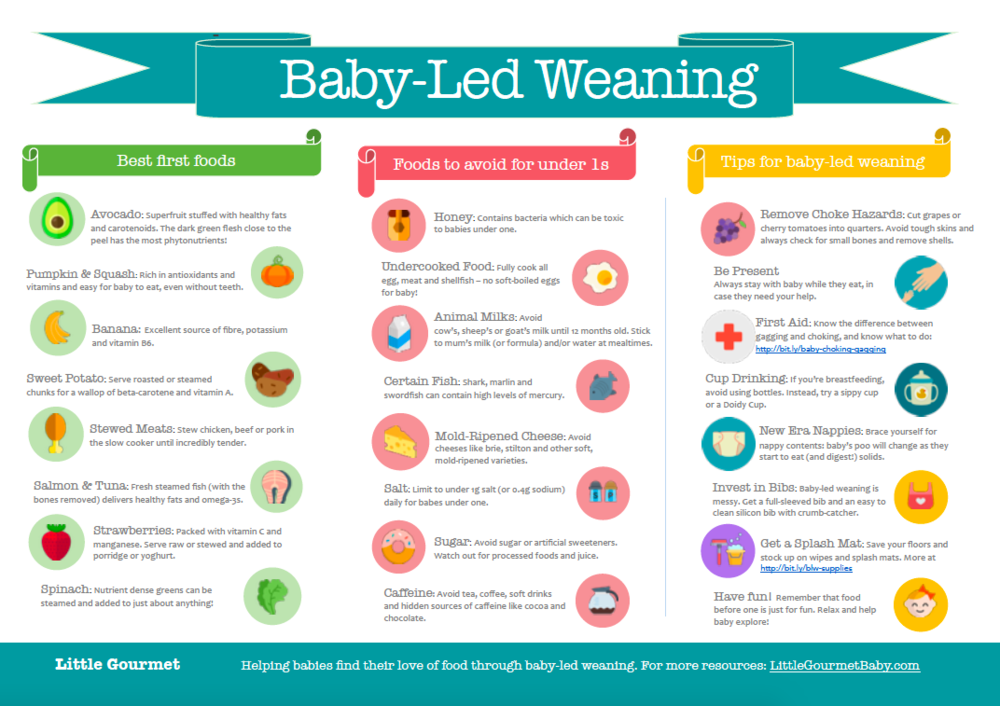 Only providing infant rice cereal is not recommended by the Food and Drug Administration because there is a risk for children to be exposed to arsenic. Visit the U.S. Food & Drug Administrationexternal icon to learn more.
Only providing infant rice cereal is not recommended by the Food and Drug Administration because there is a risk for children to be exposed to arsenic. Visit the U.S. Food & Drug Administrationexternal icon to learn more.
How Should I Introduce My Child to Foods?
Your child needs certain vitamins and minerals to grow healthy and strong.
Now that your child is starting to eat food, be sure to choose foods that give your child all the vitamins and minerals they need.
Click here to learn more about some of these vitamins & minerals.
Let your child try one single-ingredient food at a time at first. This helps you see if your child has any problems with that food, such as food allergies. Wait 3 to 5 days between each new food. Before you know it, your child will be on his or her way to eating and enjoying lots of new foods.
Introduce potentially allergenic foods when other foods are introduced.
Potentially allergenic foods include cow’s milk products, eggs, fish, shellfish, tree nuts, peanuts, wheat, soy, and sesame.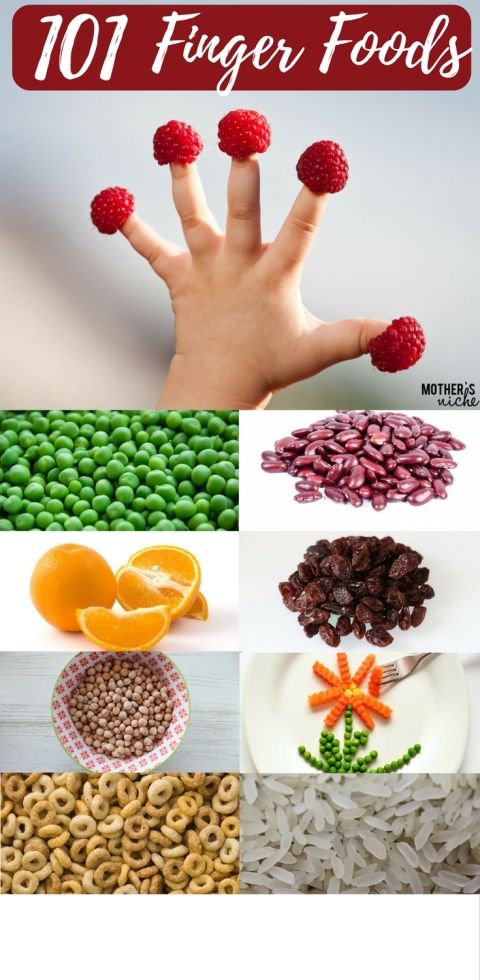 Drinking cow’s milk or fortified soy beverages is not recommended until your child is older than 12 months, but other cow’s milk products, such as yogurt, can be introduced before 12 months. If your child has severe eczema and/or egg allergy, talk with your child’s doctor or nurse about when and how to safely introduce foods with peanuts.
Drinking cow’s milk or fortified soy beverages is not recommended until your child is older than 12 months, but other cow’s milk products, such as yogurt, can be introduced before 12 months. If your child has severe eczema and/or egg allergy, talk with your child’s doctor or nurse about when and how to safely introduce foods with peanuts.
How Should I Prepare Food for My Child to Eat?
At first, it’s easier for your child to eat foods that are mashed, pureed, or strained and very smooth in texture. It can take time for your child to adjust to new food textures. Your child might cough, gag, or spit up. As your baby’s oral skills develop, thicker and lumpier foods can be introduced.
Some foods are potential choking hazards, so it is important to feed your child foods that are the right texture for his or her development. To help prevent choking, prepare foods that can be easily dissolved with saliva and do not require chewing. Feed small portions and encourage your baby to eat slowly.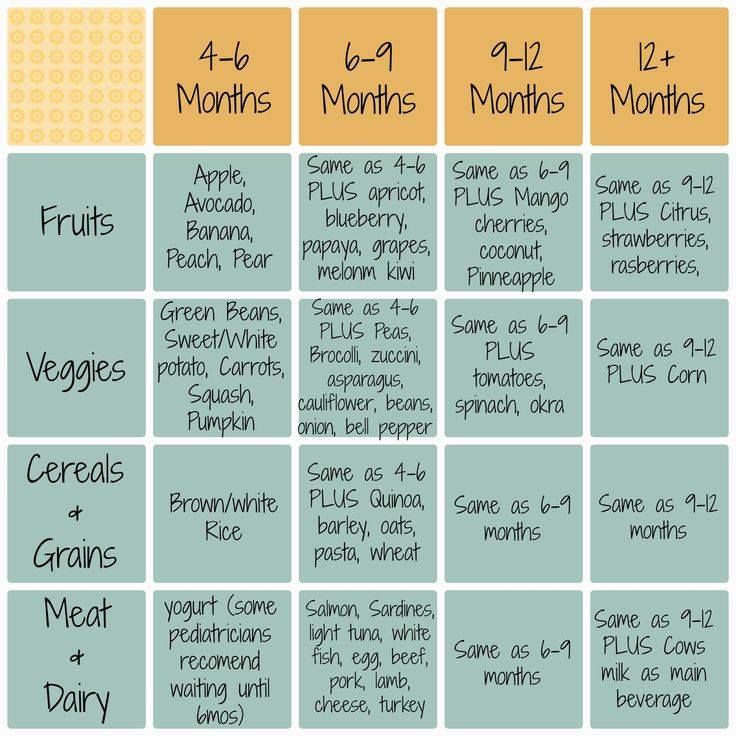 Always watch your child while he or she is eating.
Always watch your child while he or she is eating.
Here are some tips for preparing foods:
- Mix cereals and mashed cooked grains with breast milk, formula, or water to make it smooth and easy for your baby to swallow.
- Mash or puree vegetables, fruits and other foods until they are smooth.
- Hard fruits and vegetables, like apples and carrots, usually need to be cooked so they can be easily mashed or pureed.
- Cook food until it is soft enough to easily mash with a fork.
- Remove all fat, skin, and bones from poultry, meat, and fish, before cooking.
- Remove seeds and hard pits from fruit, and then cut the fruit into small pieces.
- Cut soft food into small pieces or thin slices.
- Cut cylindrical foods like hot dogs, sausage and string cheese into short thin strips instead of round pieces that could get stuck in the airway.
- Cut small spherical foods like grapes, cherries, berries and tomatoes into small pieces.
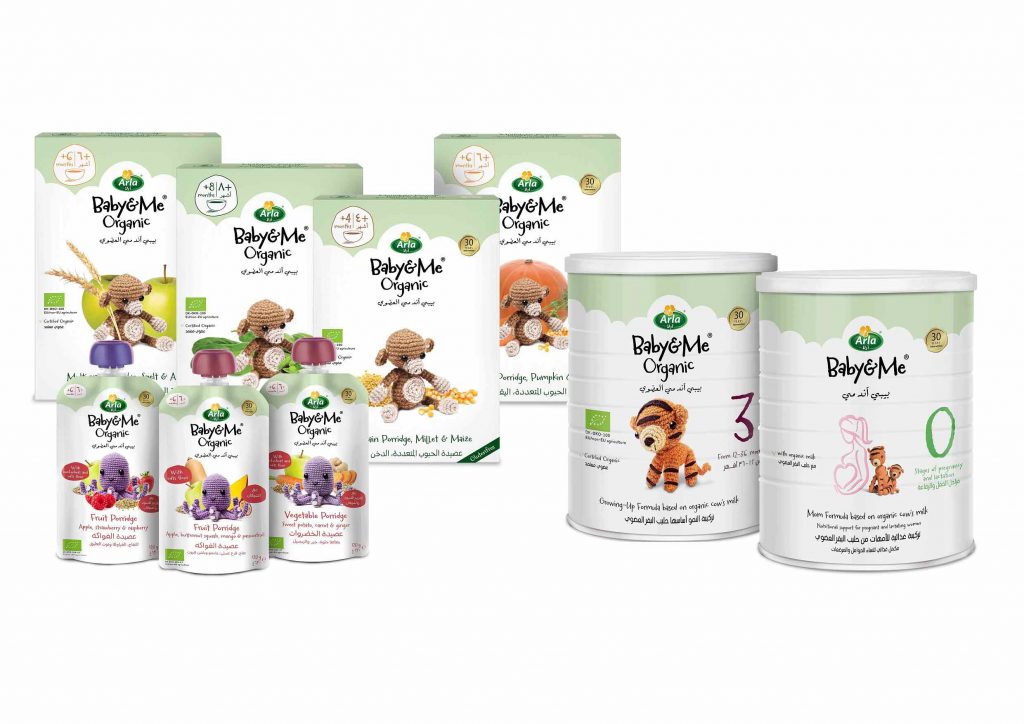
- Cook and finely grind or mash whole-grain kernels of wheat, barley, rice, and other grains.
Learn more about potential choking hazards and how to prevent your child from choking.
Top of Page
Russian Union of Pediatricians
Introduction of complementary foods
How to introduce complementary foods correctly is one of the most pressing issues that concern parents.
In the first months of life, the main food for the baby is breast milk or an adapted milk formula, however, as the child grows and develops, this becomes insufficient and it is necessary to think about the introduction of complementary foods.
Your baby is over 4 months old. He has noticeably grown up, become more active, is interested in objects that fall into his field of vision, carefully examines them and reaches for them. The child's emotional reactions have become much richer: he smiles happily at all people, makes various sounds.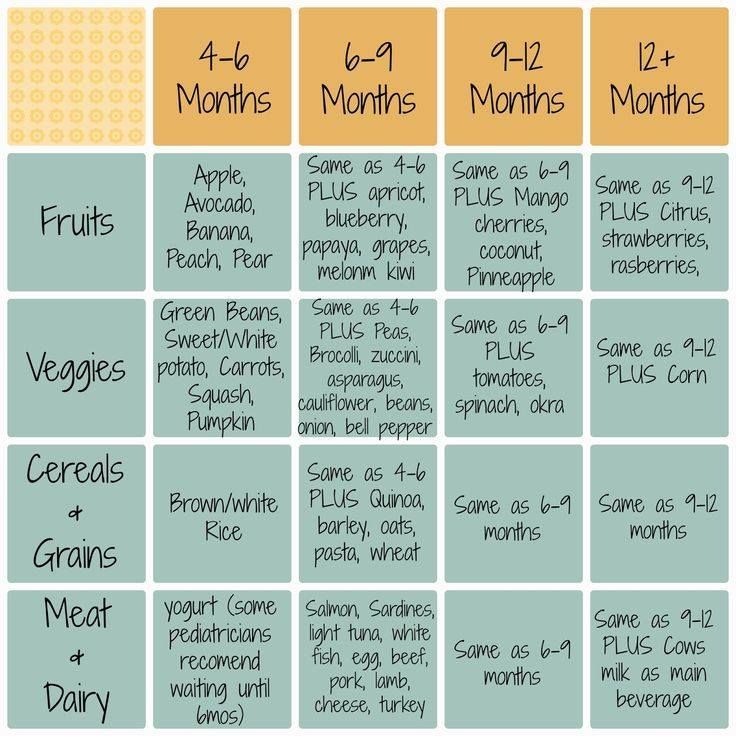 Perhaps you notice that the child looks into your plate with interest, closely monitors what and how you eat, does this mean that it is time to introduce complementary foods? And where is the best place to start? Let's figure it out!
Perhaps you notice that the child looks into your plate with interest, closely monitors what and how you eat, does this mean that it is time to introduce complementary foods? And where is the best place to start? Let's figure it out!
When should complementary foods be started?
According to the Program for optimizing the feeding of infants in the first year of life in the Russian Federation (2019), the recommended age for the introduction of complementary foods is in the range from 4 to 6 months.
The following points will help determine the readiness of the baby for the introduction of complementary foods:
1. Food interest - you can check its presence as follows: during your meal, give the baby an empty spoon or fork, and if he plays with it, licks it, then there is no food interest yet; but if the child is dissatisfied with the fact that the spoon is empty, food interest has probably appeared. “But how does a child understand that there should be food in a spoon?” Parents often ask. The answer is quite simple: take your baby to the table with you so that he can see how you eat!
The answer is quite simple: take your baby to the table with you so that he can see how you eat!
2. The child can sit alone or with support. It is unacceptable to feed the child lying down, because he may choke.
3. Extinction of the “pushing out” reflex - when the baby pushes out of the mouth both the offered food and the pacifier, etc.
Why is it not recommended to introduce complementary foods before 4 and after 6 months of life?
Before 4 months of life, the baby is not yet ready to digest food other than breast milk or infant formula. By this age, a number of digestive enzymes mature, a sufficient level of local immunity is formed, which reduces the risk of developing allergic reactions, the child acquires the ability to swallow semi-liquid and thicker food, which is due to the extinction of the “spoon ejection reflex”. The introduction of complementary foods after 6 months can cause a pronounced deficiency of micronutrients (iron, zinc, etc.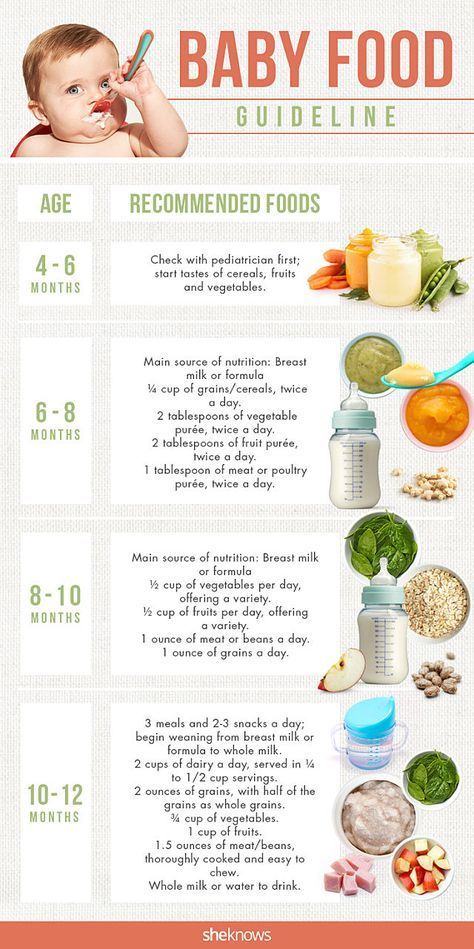 ) and lead to a delay in the formation of chewing skills for thick foods. Too late the introduction of a variety of products increases the risk of allergic reactions. Remember that the timing of the introduction of complementary foods is set individually, taking into account the readiness of the child to accept new foods.
) and lead to a delay in the formation of chewing skills for thick foods. Too late the introduction of a variety of products increases the risk of allergic reactions. Remember that the timing of the introduction of complementary foods is set individually, taking into account the readiness of the child to accept new foods.
Complementary feeding guidelines:
1. introduce a new product in the first half of the day to track possible reactions to it;
2. cereals, vegetable / fruit / meat purees should be introduced, starting with monocomponent ones, gradually adding other products of this group;
3. start giving a new product with 1/2 teaspoon, gradually increasing the volume to the age norm within a week;
4. It is not recommended to introduce new products during acute infectious diseases or at some special moments (moving to another apartment, leaving the city, on vacation, illness of parents, etc.).
What is the best way to start complementary foods?
The first complementary food can be anything. Often parents worry that if the child first tries the fruit, then because of its sweet taste, he will refuse other foods. We hasten to reassure you: breast milk is also sweet, so babies may like sweet fruits / berries more, but this does not mean at all that he will refuse vegetables or cereal. Traditionally, they begin to introduce complementary foods in the form of mashed potatoes, but if the child shows interest in “pieces”, then, observing the safety rules, you can give them. Also, along with the introduction of complementary foods, you can offer the child water.
Often parents worry that if the child first tries the fruit, then because of its sweet taste, he will refuse other foods. We hasten to reassure you: breast milk is also sweet, so babies may like sweet fruits / berries more, but this does not mean at all that he will refuse vegetables or cereal. Traditionally, they begin to introduce complementary foods in the form of mashed potatoes, but if the child shows interest in “pieces”, then, observing the safety rules, you can give them. Also, along with the introduction of complementary foods, you can offer the child water.
With the start of the introduction of complementary foods, the child is gradually transferred to a 5-time feeding regimen. If the baby shows that he is full and no longer wants to eat (for example, leaning back or turning away from food), then you should not continue to force him to feed, because this can lead to eating disorders in the future. Also, do not force the child to eat as much as possible before bedtime in the hope that he will not wake up for nightly feedings.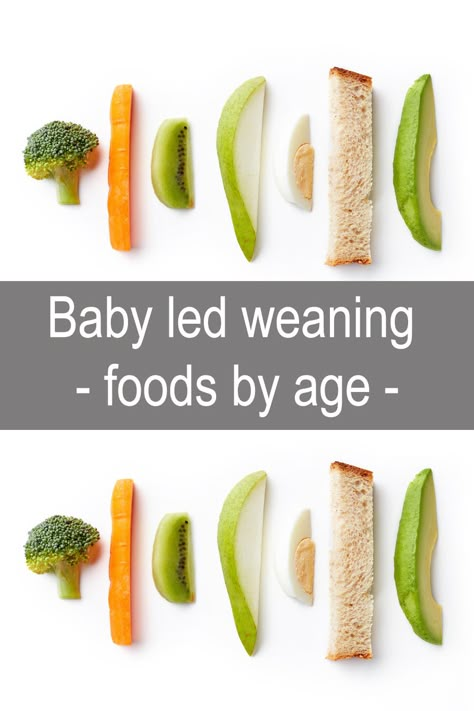
Traditionally, in our country, complementary foods begin with vegetables or cereals.
Vegetables: zucchini, broccoli, cauliflower, pumpkin, etc. If the child did not like the dish, for example, broccoli, do not give up on your plan and continue to offer this vegetable in small quantities daily, you can even not once, but 2-3 times, and after a while (7-14 days) the baby will get used to the new taste. This diversifies his diet, will help form the right taste habits in the child.
As for cereals, it is worth starting with dairy-free gluten-free ones - buckwheat, corn, rice. You can use commercial baby food porridge, which is enriched primarily with iron. In addition, such porridge is already ready to eat, you just need to dilute it with water, which will save you a lot of time.
It is also recommended to add oil to food, for example, vegetable puree to vegetable puree, and butter to porridge.
Of meat products, lean meats, such as mashed turkey or rabbit, are most preferred to start complementary foods. Meat puree contains iron, which is easily absorbed, and adding meat to vegetables improves the absorption of this micronutrient from them. Subsequently, the daily use of children's enriched porridge and mashed meat allows you to meet the needs of babies for iron, zinc and other micronutrients.
Meat puree contains iron, which is easily absorbed, and adding meat to vegetables improves the absorption of this micronutrient from them. Subsequently, the daily use of children's enriched porridge and mashed meat allows you to meet the needs of babies for iron, zinc and other micronutrients.
When introducing fruit purees (apple, pear, peach, prunes, etc.) into your baby's diet, you should pay special attention to the composition of the product - it is important that it does not contain added sugar.
Fish is a source of easily digestible protein and contains a large amount of polyunsaturated fatty acids, including the omega-3 class, as well as vitamins B2, B12, and minerals. Preference should be given to oceanic fish, preferably white (cod, hake, pollock, sea bass, etc.), salmon can be recommended from red, and pike perch from river.
Fermented milk products are prepared using a special starter culture that breaks down milk protein, so that the baby can get an indispensable set of amino acids in a well-available form. Some foods have added prebiotics, certain vitamins and minerals. Their regular use favorably affects the functioning of the intestines, increases appetite and the absorption of micronutrients.
Some foods have added prebiotics, certain vitamins and minerals. Their regular use favorably affects the functioning of the intestines, increases appetite and the absorption of micronutrients.
Recommendations and timing of the introduction of complementary foods for children at risk of developing food allergies and suffering from food allergies are the same as for healthy children. Delayed introduction of highly allergenic foods has previously been recommended to prevent the development of allergic diseases in children at risk. There is now evidence that this practice may lead to an increase rather than a decrease in the incidence of food allergies. The most common highly allergenic foods include cow's milk, chicken eggs, soybeans, wheat, peanuts, tree nuts, shellfish and fish. If a child has a high risk of developing allergies or an existing allergic disease, it is recommended to consult a pediatrician, an allergist-immunologist before introducing highly allergenic products.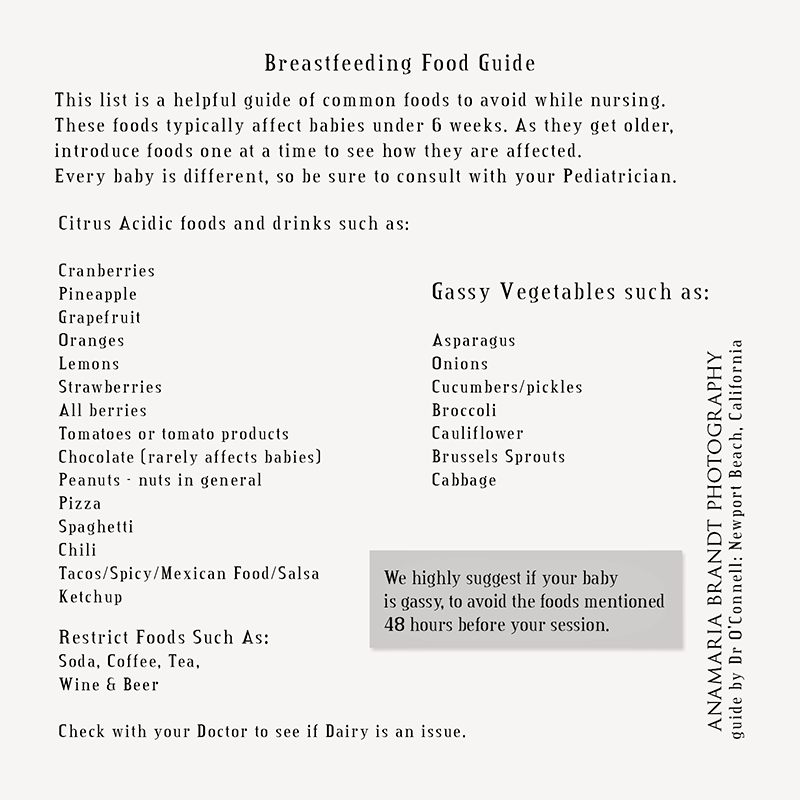
By the age of 8 months, when all the main food groups have already been introduced and your baby is improving his skills to eat on his own, special attention should be paid to the diversity of the composition of dishes and the change in food consistency - from puree to finely and coarsely ground. Soft foods cut into small pieces (fruits, vegetables, meat, etc.) are perfect for a little gourmet, which diversifies his diet and will contribute to the formation of chewing skills.
By 9-12 months, most babies have the dexterity to drink from a cup (holding with both hands) and to eat foods prepared for other family members. This behavior needs to be encouraged, but combined with regular feeding to meet energy and nutrient requirements.
It is advisable to use industrial products that are designed specifically for young children after a year.
What should not be given to the baby?
It is not recommended to add salt or sugar to food to enhance the taste.
Drinks that should be avoided include fruit juices, whole cow and goat milk (whole milk is not recommended for children under one year old, and even longer, due to a high risk of developing iron deficiency and increased kidney stress), sweet fruit drinks, compotes and carbonated drinks.
Also, some foods should be excluded from the diet of infants: solid round foods (for example, nuts, grapes, raw carrots, raisins, peas, etc.), due to the fact that the child can choke on them.
It is not recommended to eat products with added sugar, for example, confectionery (marshmallow, marshmallow, marmalade, jam, jam, cookies, waffles, etc.), etc.
You should not give your child the meat of large predatory fish (shark, bigeye tuna, king mackerel, swordfish): these types of fish accumulate more harmful substances than others.
It is forbidden to give honey to children under one year old due to the fact that it may contain spores of Clostridium botulinum bacteria, which in the still immature digestive system of babies are able to multiply, produce toxins directly inside the intestines and, thus, cause infant botulism, which can be fatal. outcome.
outcome.
Do not give babies raw meat, fish, eggs, caviar, salted fish, soft pickled cheeses because of the risk of intestinal infections.
If you follow all these simple rules, your baby will grow up healthy and happy!
Diets for different ages
References:
1. Methodological recommendations. The program for optimizing the feeding of children in the first year of life in the Russian Federation. [Internet]. - M.: Union of Pediatricians of Russia, 2019. [Methodicheskie rekomendaczii. Programma optimizaczii vskarmlivaniya detej pervogo goda zhizni v Rossijskoj Federaczii. [Internet]. – Moscow: Soyuz pediatrov Rossii, 2019.(In Russ.).] Available: http://www.pediatr-russia.ru/information/dokumenty/other-docs/nacprog1year_2019.pdf Link active as of 20.04.2020
2. Duryea T.K. Introducing solid foods and vitamin and mineral supplementation during infancy. In: Post T, ed. UpToDate . Waltham, Mass.: UpToDate; 2020. www.uptodate.com. Accessed April 20, 2020.
www.uptodate.com. Accessed April 20, 2020.
3.Fleischer D.M. Introducing highly allergenic foods to infants and children. In: Post T, ed. UpToDate . Waltham, Mass.: UpToDate; 2020. www.uptodate.com. Accessed April 20, 2020.
list of baby foods to start weaning
Your baby has grown and grown stronger, and you are increasingly asking yourself: “Is his mother’s milk enough for him?” If the child is already 4 months old, then you ask the question in a timely manner. Until this age, the baby needs only breast milk, and early introduction of complementary foods is not only not necessary, but it can cause serious diseases in the future. By the 5th month of life, most children can already digest and assimilate food that is different from mother's milk. It is also impossible to be late with the introduction of complementary foods - this can affect the growth and development of the child. Has your baby doubled their weight since birth, tries to sit with support and opens their mouth when you bring a spoon? These are signs that the child is ready for the introduction of transitional nutrition, and it's time to discuss with the pediatrician - which food group to start with and how to choose complementary foods.
Contents: Hide
- Why industrial products are better
- Where to start?
- Grain products
- First porridge
- Porridges for children over 6 months
- meat dishes
- Tasty afternoon snack
- Drinks
of course, every birthday wants to give the best baby. Therefore, the ideal choice would be a product that is environmentally friendly, with a high nutritional and biological value, as well as an optimal degree of grinding. Should I prepare a complementary food dish on my own or use specialized commercial products? In our lives, we have become accustomed to the fact that home-cooked food is safer and healthier than industrial production. Therefore, parents, choosing complementary foods for their baby, often argue: “Why buy canned food? Grandmother has a dacha, and no one will cook tastier than mom.” Perhaps, when discussing adult food, they will often be right. But children of the first three years of life are significantly different from adults, and products specially designed for this age cannot be equated with the usual ordinary food. Let's look at the benefits of ready-made baby food.
Let's look at the benefits of ready-made baby food.
Why industrial products are better
First, safety. The smaller the child, the more imperfect its function of neutralizing substances alien to the body. You cannot be sure of the purity of the soil and water, even by growing vegetables and fruits on your own. Baby food products, like no other, undergo strict quality control, from raw materials to the finished product, while guaranteeing the absence of harmful additives and microbial contamination. Raw materials for production are grown in ecologically clean regions, far from highways and urban pollution. Secondly, nutrition is created taking into account the capabilities and needs of children of this age. Even with regard to such a non-primary issue as the consistency of the dish, it must be admitted that at home it is difficult to achieve homogenized grinding, which is very important in the first half of life. Complementary foods are enriched with vitamins and microelements, as well as other substances necessary for the baby. This allows you to prevent the development of many deficient conditions of childhood, as well as increase the efficiency of all metabolic processes in the body. In addition, it is difficult to achieve such a variety of products all year round at home. A significant role is played by the ease of use and the minimum time spent by the mother on preparing food for the baby.
This allows you to prevent the development of many deficient conditions of childhood, as well as increase the efficiency of all metabolic processes in the body. In addition, it is difficult to achieve such a variety of products all year round at home. A significant role is played by the ease of use and the minimum time spent by the mother on preparing food for the baby.
Where to start?
There is an opinion among the population that juices and fruit puree should be the first food. Indeed, for many years in our country complementary foods began with these products. But fruits are poor in nutrients, and often the first allergic reactions are associated with them. Therefore, at the age of 4-6 months, vegetables and cereals can be the products of choice. Vegetable complementary foods stimulate the vital activity of their own intestinal microflora and are preferable for babies with a tendency to constipation, and children with large weight gains can also start from it. Specialized vegetable purees for baby food are made from natural ripe high-quality vegetables without the addition of salt.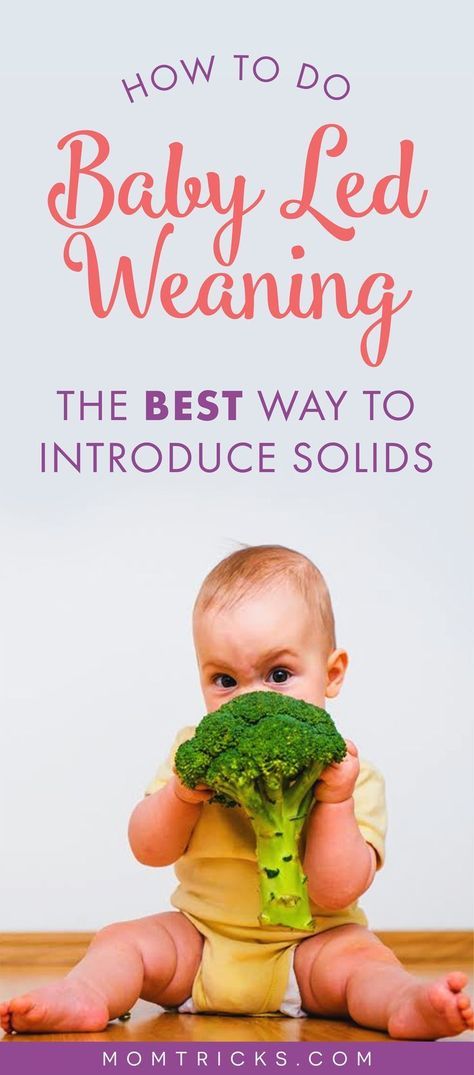 Initially - as monopure, and then in various combinations. Polycomponent purees are richer in the spectrum of nutrients and therefore more useful. Despite the important role of vegetable fibers and minerals that make up vegetable puree, the nutritional value of this product is low. Therefore, it is preferable to start complementary foods with porridge, especially for premature and poorly gaining weight babies, as well as for violations of the digestive tract and late introduction of complementary foods.
Initially - as monopure, and then in various combinations. Polycomponent purees are richer in the spectrum of nutrients and therefore more useful. Despite the important role of vegetable fibers and minerals that make up vegetable puree, the nutritional value of this product is low. Therefore, it is preferable to start complementary foods with porridge, especially for premature and poorly gaining weight babies, as well as for violations of the digestive tract and late introduction of complementary foods.
Grain-based products
In the food pyramid, complex carbohydrates, the main component of all cereals, are the basis and support for the body. It is a source of energy necessary for growth, physical and mental development. But in addition to carbohydrates, cereals contain dietary fiber that activates the activity of the digestive tract, vegetable proteins and many vitamins and minerals. That is, it is a storehouse of useful substances. Porridge prepared with mother's milk is just an addition, not a substitute for breastfeeding, which is very important in the first half of life.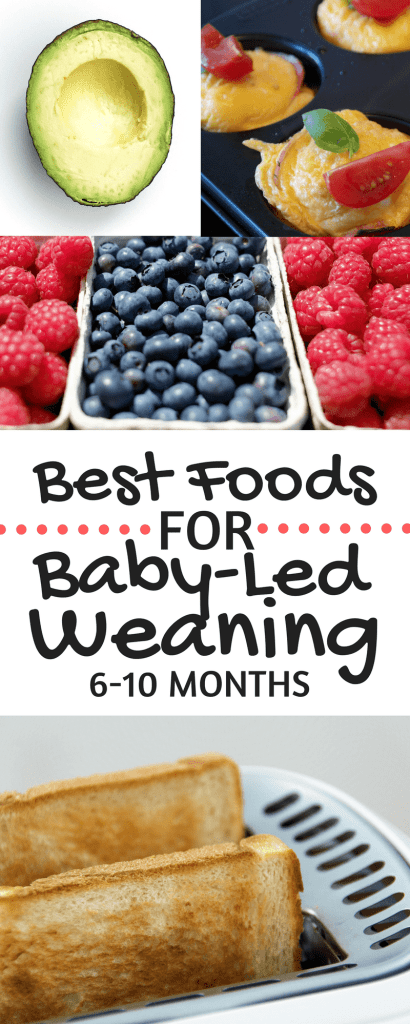 The range of cereals on the baby food market is currently quite wide, and this is a popular, but far from complete list of cereals used: buckwheat, oatmeal, rice, rye, corn, barley, millet and wheat. Each of them has its own features and advantages.
The range of cereals on the baby food market is currently quite wide, and this is a popular, but far from complete list of cereals used: buckwheat, oatmeal, rice, rye, corn, barley, millet and wheat. Each of them has its own features and advantages.
First porridge
To decide what type of cereal to start complementary foods with, you first need to think about the presence of gluten in its composition. This vegetable protein cannot be introduced into the diet of infants for at least the first 6 months, so as not to provoke the development of a serious disease with intestinal damage. That is, the first porridge can be buckwheat, rice or corn. Bebi Premium specialty baby foods are made in a separate special line for the production of gluten-free cereals, so you can be sure that the final product does not even contain traces of gluten. In addition, these cereals do not contain milk and sucrose - frequent culprits of allergic reactions, so they are most preferred as a first complementary food.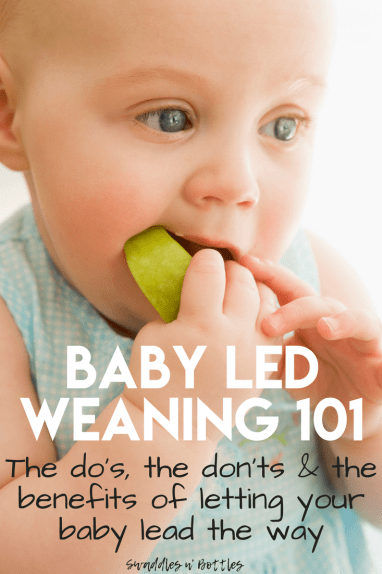 Another strong point of Bebi Premium dairy-free cereals is enrichment with vitamin and mineral premix. At the first stage of the introduction of complementary foods, this is the main source of minerals for the baby.
Another strong point of Bebi Premium dairy-free cereals is enrichment with vitamin and mineral premix. At the first stage of the introduction of complementary foods, this is the main source of minerals for the baby.
Cereals for children over 6 months old
Due to the variety of cereals in the second half of life, the diet expands and includes dishes with various combinations of cereals, milk, fruits or vegetables. This not only benefits the taste, but also increases the benefits for the baby. The milk component in the products of the Bebi Premium line does not contain vegetable oils, and the milk is specially adapted for better absorption by the child's body. We can say that Bebi Premium cereals contain special "baby milk", which is an absolute advantage. For children over 6 months old, you can use both cereals from one type of cereal in the diet, and introduce multi-grain products. They include cereals that are difficult to prepare at home due to the need for special cooking, such as barley and rye.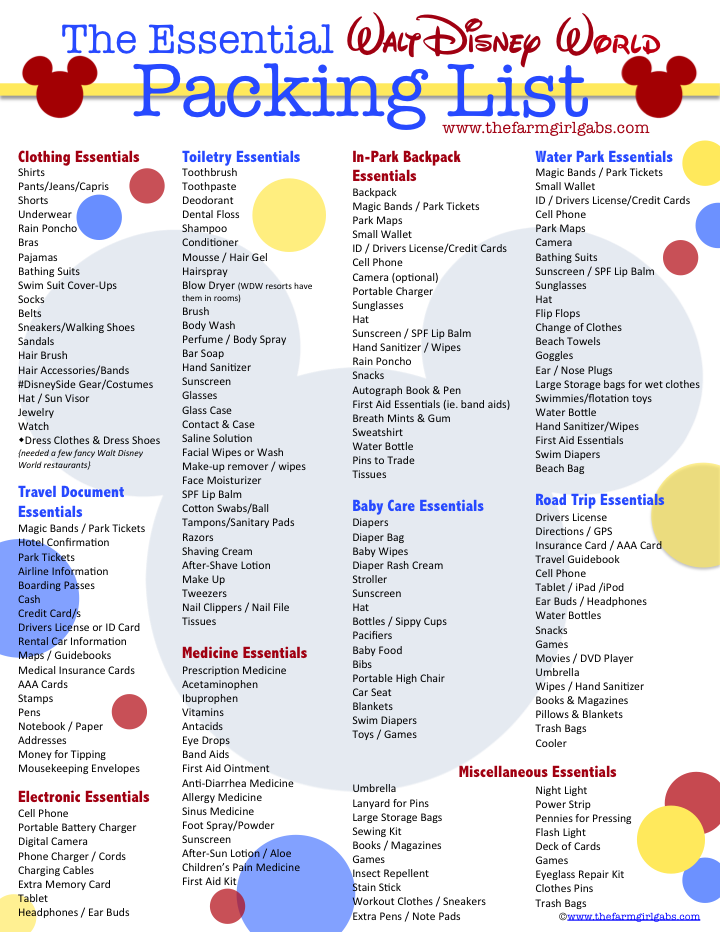
IMPORTANT! The value of Bebi Premium multi-cereal porridges is that the combination of different grains complements the composition and multiplies the benefits of each of them, as well as improves the taste and aroma of the dish.
Many dairy and dairy-free cereals are additionally enriched with natural fruits, vegetables and dried fruits. Modern production technologies make it possible to preserve useful substances in fruits as much as possible. Fruit and cereal dishes and vegetable porridges are distinguished by excellent taste, have an appetizing aroma and are very healthy.
Meat dishes
The second important step after the introduction of first foods is the inclusion of meat products in the diet. This is the supply of protein in the form of essential amino acids, which is absolutely necessary for a growing organism, in addition, it is also a source of easily digestible iron, phosphorus and zinc. Without this type of complementary food, it is difficult to achieve sufficient intake of these essential minerals. Modern technologies for the production of baby food provide easy assimilation of meat complementary foods. And from the age of 6 months it is safe to introduce this product into the baby's diet. In order for the dish to be tasty and balanced, meat is combined with cereals and vegetables. In the finished product, the content of the meat component is from 8 to 40%, which is sufficient to meet the needs of the baby and makes it possible to replace one of the breastfeedings with a full-fledged complementary food.
Modern technologies for the production of baby food provide easy assimilation of meat complementary foods. And from the age of 6 months it is safe to introduce this product into the baby's diet. In order for the dish to be tasty and balanced, meat is combined with cereals and vegetables. In the finished product, the content of the meat component is from 8 to 40%, which is sufficient to meet the needs of the baby and makes it possible to replace one of the breastfeedings with a full-fledged complementary food.
See also: Meat in baby food
Delicious afternoon snack
Babies over 6 months old with a low risk of developing allergies can be fed cottage cheese. This product has a high nutritional value, but it should be present in the daily diet of a child in an amount of no more than 40 grams. Therefore, it is optimal to combine cottage cheese with children's cookies and fruits. Many kids enjoy eating this dish for an afternoon snack. Biscuits "Bebiki" from Bebi Premium are presented in a classic version, as well as with a multi-grain composition and a gluten-free look. First, it is recommended to dissolve baby biscuits in breast milk or an adapted mixture, and after the teething begins, babies are already happy to gnaw them in a dry form. Bebi Premium children's biscuits are made in such a way that they quickly melt in the mouth, this protects the baby's gums from injury, and the mother will not be afraid that the child will choke. Another type of product is popular with kids after lunchtime is Bebi Premium baby cereals for afternoon tea. This is a delicious dessert that combines cereals, milk, biscuits and natural fruits. In addition to the main nutrients, the dish contains dietary fiber, organic acids, vitamins and trace elements. And for kids, this is a delicacy, because the dish has a delicate texture and pleasant taste.
First, it is recommended to dissolve baby biscuits in breast milk or an adapted mixture, and after the teething begins, babies are already happy to gnaw them in a dry form. Bebi Premium children's biscuits are made in such a way that they quickly melt in the mouth, this protects the baby's gums from injury, and the mother will not be afraid that the child will choke. Another type of product is popular with kids after lunchtime is Bebi Premium baby cereals for afternoon tea. This is a delicious dessert that combines cereals, milk, biscuits and natural fruits. In addition to the main nutrients, the dish contains dietary fiber, organic acids, vitamins and trace elements. And for kids, this is a delicacy, because the dish has a delicate texture and pleasant taste.
Beverages
As the baby begins to introduce complementary foods, the need for fluids in addition to mother's milk increases. It is better to drink the baby outside the main feeding, so as not to overload digestion, ideally 30-40 minutes before meals or 2 hours after.